One of the biggest questions new photographers ask is what tripod do I use? Tripods are integral for landscape photography, because they allow the user to take panoramas, HDR images, and long exposures.
Using these techniques will take your landscape photography to the next level, and are all but required these days as we’re saturated with more and more photography content. The users who are making it on social media, like Instagram, are often using these techniques in one way or another to make their images stand out. Blurring clouds and water helps introduce contrast into your images, and keeps viewer’s attention on your images. While HDR and panoramas ensure that you’re able to capture every single detail in a scene.
Having a tripod that allows you to easily create images using these techniques is essential. But you also need one that’s sturdy, and generally easy to take with you everywhere. Especially when you travel as much as I do, you need a tripod that doesn’t get in the way. One that’s not too heavy and is sturdy enough to get tack sharp results with 60-second or longer exposures. That’s where the Acratech tripod comes in.
I bought my Acratech setup 4 years ago, and haven’t ever been able to put this one down since. This tripod, combined with the Feisol legs has been essential to my photography. The system is among the most stable tripods I’ve ever used, but without the extra weight.
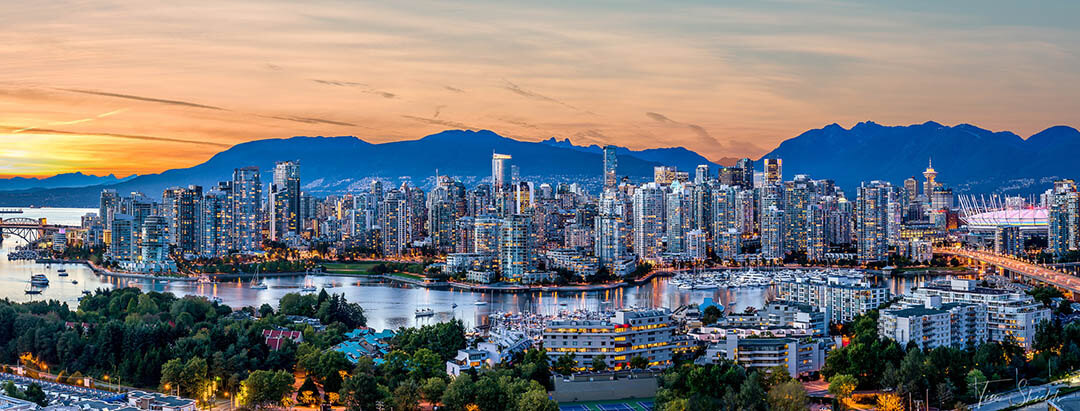
1. Acratech Panoramic Head – part 1 of 2
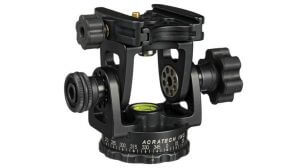 This is the top component of the overall tripod head. It has just two functions: It permits the camera’s aim point to be tilted up and down, but not side to side like a standard ball head, and it rotates.
This is the top component of the overall tripod head. It has just two functions: It permits the camera’s aim point to be tilted up and down, but not side to side like a standard ball head, and it rotates.
The benefit of this tripod head is that it is very precise and works well in all weather conditions — even while wearing gloves. The reason I love the Acratech Panoramic Head so much is because of how easy it makes it to take panoramas. Since the head only moves in two directions, it’s exceptionally easy to line up multiple images to combine in Lightroom.
If you’ve tried lining up panoramas when using a ball head, or even just with your hands, you’ll know the struggle of losing corners or having to crop the image in because one frame was out of alignment. The Panoramic Head makes that problem a thing of the past.
To get the most out of your camera and sensor, you want to be able to get the perfect composition, ideally without having to crop down the road. Some tripod heads aren’t as easy to fluidly adjust, like the standard ball heads that come with most tripods. While these ball heads are effective for quick changes, there’s no way to keep them perfectly level when making panoramas.
The next reason I love this tripod head is because of its weight. Acratech has some of the most precise engineering in the tripod game. Their tripods have shaved off the bulk in every possible way, making their tripods lightweight and extremely functional.
Get the Acratech Panoramic Head on B&H here.
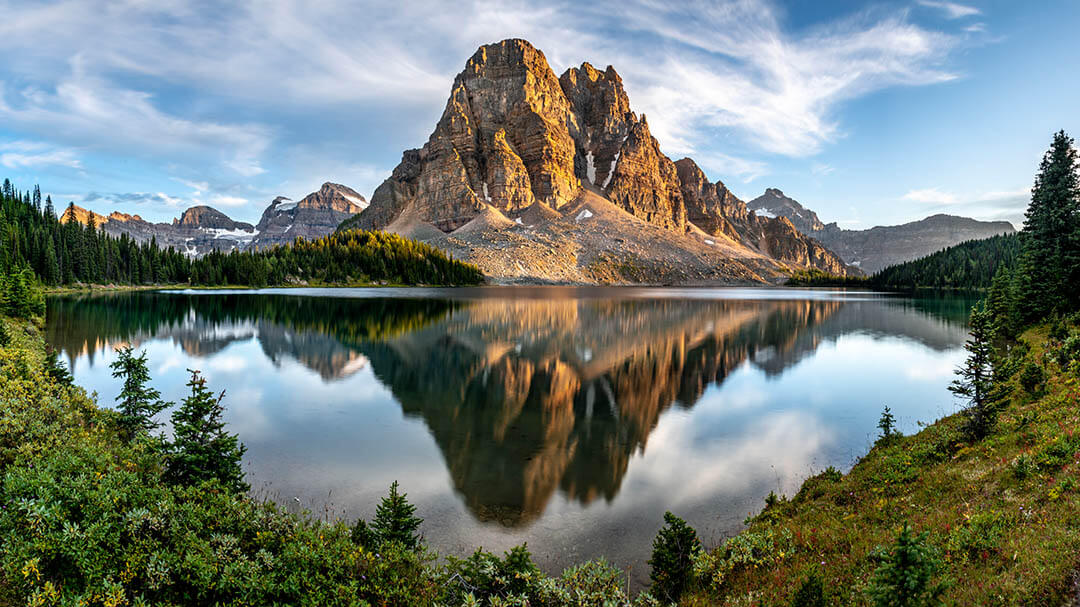
2. Acratech Leveling Base – part 2 of 2
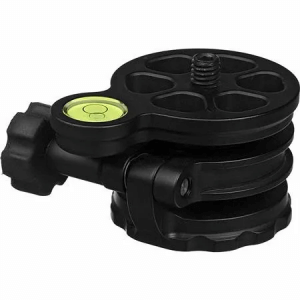
The leveling base sits under the long lens head. This base allows the camera to tilt in any direction. This means that the tripod legs do not need to be used to level out the camera. The leveling base is used for this function.
So when I set up the tripod I will plop the tripod legs down on an uneven surface and then use the leveling base and bubble to level the tripod head. Then I will rotate and tilt the top long lens head to get the right composition. When shooting a pano, the base is perfectly level so the row of photos will also be level. If I am shooting the second row of photos for a panorama, I just tilt the long lens head and rotate through the second row while shooting.
This setup has a large accurate bubble level that isn’t hidden by the camera. That might not seem like a big deal, but there are many tripod heads that aren’t as easy to make changes when the camera is attached. Spending the extra money here has made photographing landscapes and panoramas an absolute dream. In the past, I’ve had to fight the tripod to get the movements I need, especially when using long focal lengths like 200mm.
All in all, while the leveling head isn’t necessarily required, it has been one of the best additions to my tripod. The leveling base helps ensure that I do not have to spend time going through the painful process of adjusting the individual tripod legs to create a level image. I’ll take the extra 240g of weight for how much easier the leveling base makes landscape photography.
I can honestly tell you that I LOVE my tripod head. Yup, sounds super strange to say that, but every time I rotate the moving parts on it and feel the precision of the movement, I always tell myself, “I love my tripod head!” I feel like a team of German engineers who pride themselves on precision made it, even though it is not from Germany.
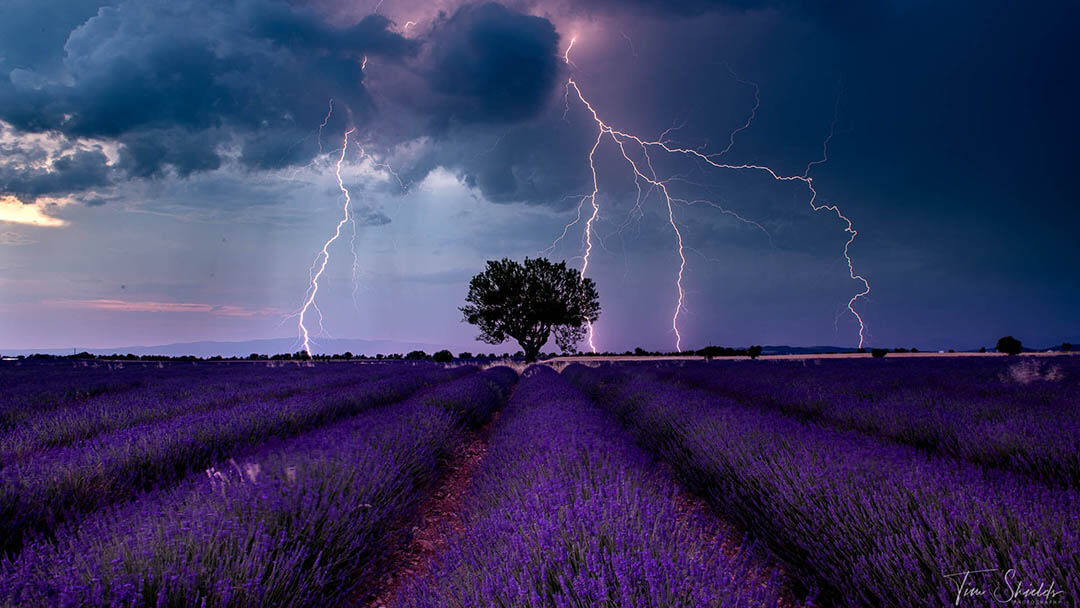
The tripod – Feisol CT3441T
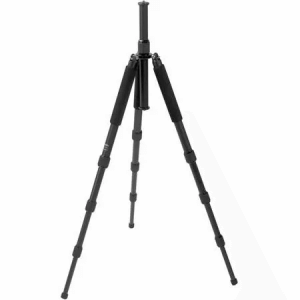
The tripod is made of carbon fiber and therefore, lightweight. The T in the model name stands for the tall version. There is also a shorter version.
The next feature that I love having in this tripod is the short center column. That allows me to get closer to the ground than other tripods would allow. This is a really important factor to look for in every tripod because getting close to the ground can make your photos more interesting by including the foreground.
This tripod also has a hook on the bottom that I use to hang my bag when out in the field. This extra weight helps keep the tripod steady in the wind, or if there are small rumblings in the ground. If that’s the case, I recommend placing the tripod at a height where you can attach the back, but have it resting on the ground. That way the wind can’t pick up the bag and make it sway in the wind.
The last feature, and one of my favorites, is that these tripod legs have 4 sections. Since it’s the tall version, it extends a bit higher than I usually need it to, but it still folds down into a small enough tripod to fit in the overhead bin of any airplane.
To make it as sturdy as possible, always extend the bigger sections near the top first. The smaller sections on the bottom of the legs tend to be less sturdy and introduce shake when taking long exposures.
Get the Feisol CT3441T tripod on B&H here.
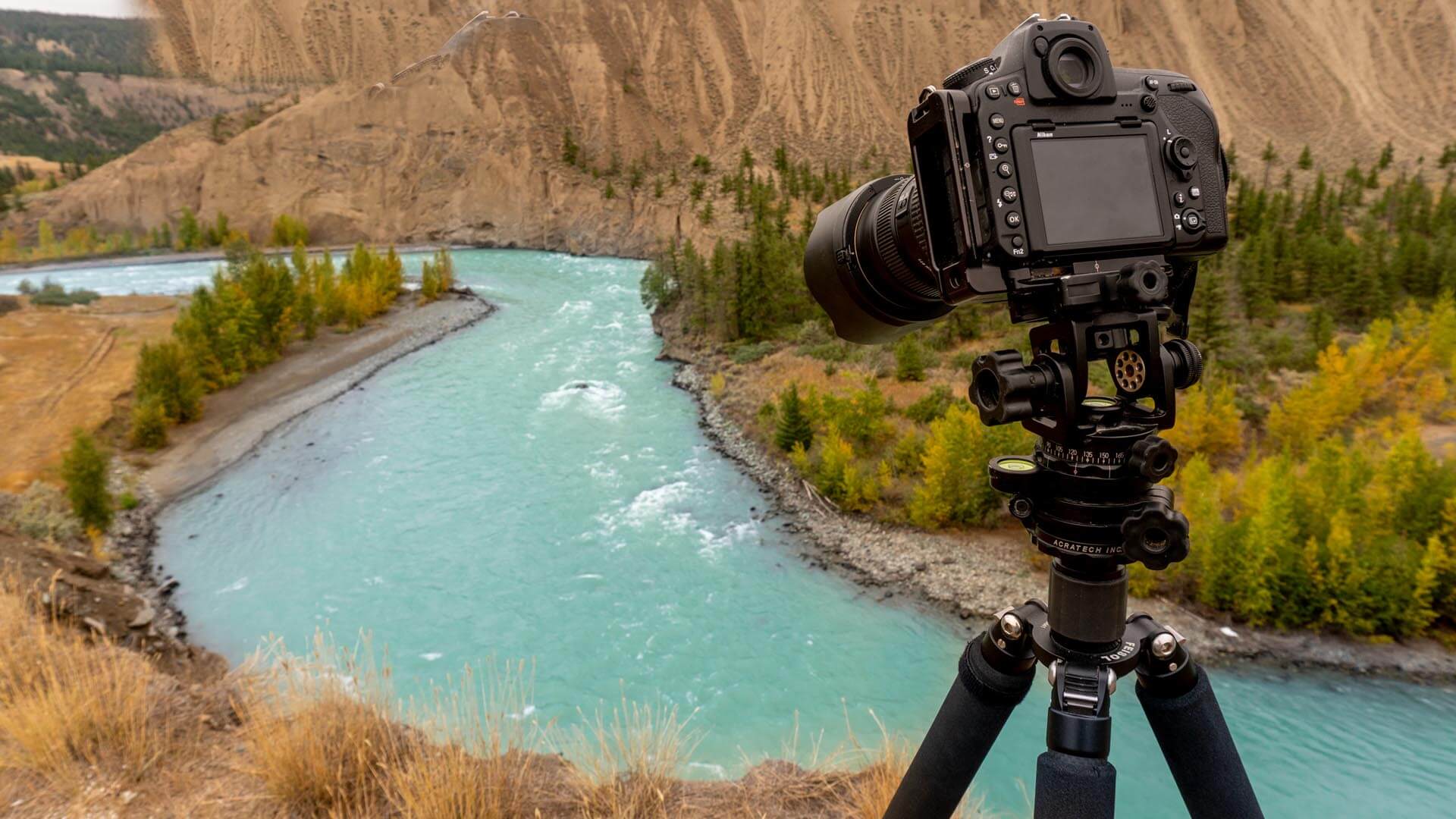
The only tripod I’ll ever need
I have had this Acratech tripod head and Feisol tripod for 4 years now. It has traveled with me to the rice fields of China, the inside of the pyramids of Egypt, the rooftops of Dubai, the Dolomites of Italy, the Rocky Mountains of Canada, the sand dunes of Death Valley, the Tombstone mountains of the Yukon, the top of Rockefeller Center in New York, the top of Victoria Peak in Hong Kong and deep inside a glacier ice cave in British Columbia.
This tripod has been in the overhead bin of little planes, big planes and medium planes. I’ve had it with me on dirt bikes, ATVs, helicopters, cars, trucks, buses, and taxis. It’s been strapped to my small backpack and my big backpack and even carried in my hands as I hiked and camped in the pouring rain, falling snow and blistering hot sunshine. It has stood with me in deep snow, soft sand, ocean surf, and every other nasty or dangerous environment you can think of.
This tripod has been with me through thick and thin and has helped me create an award-winning body of work that I am proud of. My tripod head is as much a part of my photography as my camera is.
I love my Acratech tripod head!
Tim Shields

